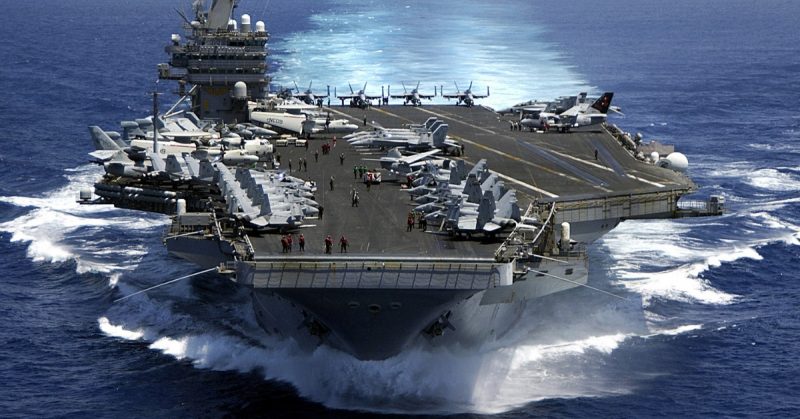Ever since World War II, the United States Navy has put a major focus on having a large fleet of aircraft carriers. To understand why, one must only take a look at the different approaches the nations involved in the war took toward air supremacy.
Adolf Hitler saw attack planes as little more than “flying artillery” and fighter planes as pure interceptors, and the Russians had a chivalrous, but outdated mentality, reminiscent of WWI, in viewing its air force as “Flying Knights.” Even after Stalin reorganized the USSR’s aviation structure, their main focus was still quite simple: fighters were to cover the ground attack aircraft (mostly comprised of the Ilyshin IL-2 family of aircraft).
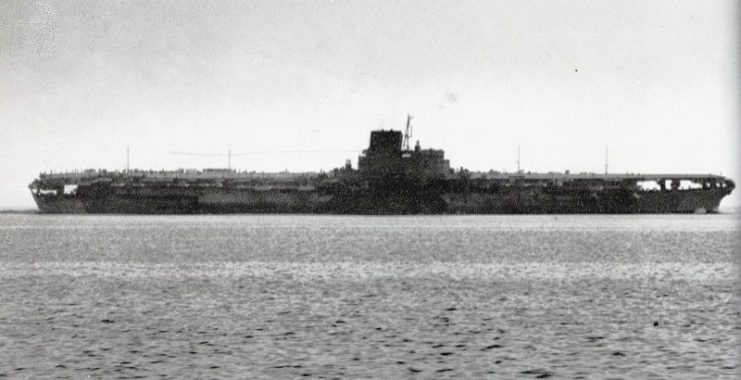
The Americans had a completely different view. They knew that air supremacy was key to making their strategic bombing runs more effective, but Allied fighters in the European theater had limited fuel, and thus were severely limited during the first half of WWII. While Americans were busy developing planes that could carry larger and larger fuel tanks, they learned a lesson from the Japanese.
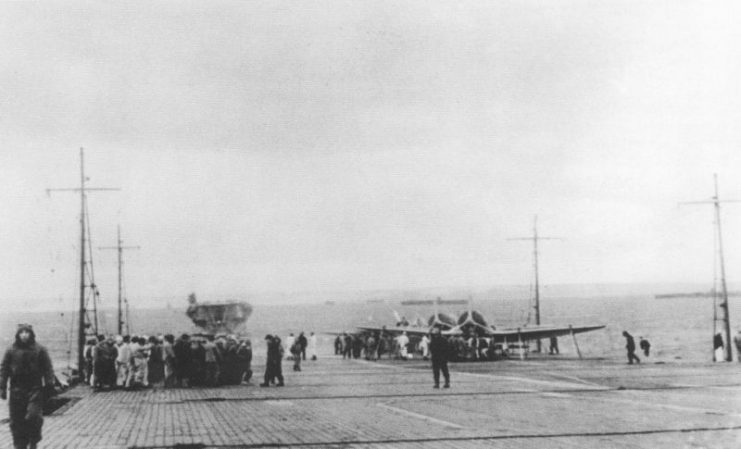
Pearl Harbor was attacked using more than 400 planes based on 6 Japanese aircraft carriers. While the Americans had several carriers of their own, those carriers were far away during Pearl Harbor during the attack, which is why they were spared. Americans were amazed by how the Japanese could harass them with a great deal of efficiency and impunity due to their carrier based tactics–and the Pacific theater of WWII became an all-out carrier war.
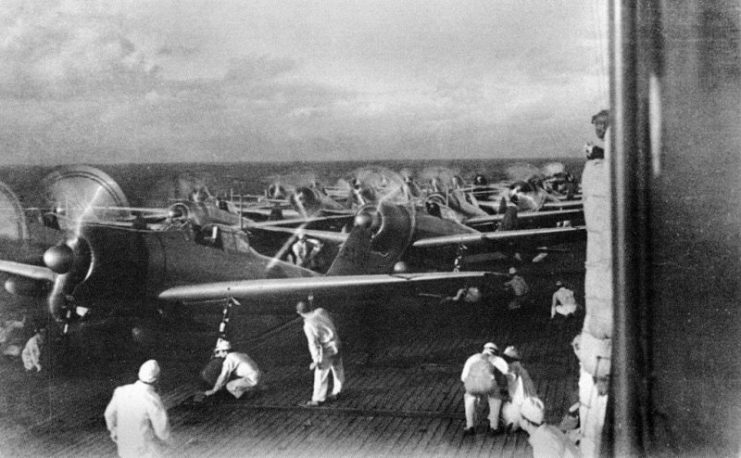
Sure, carriers needed a large fleet of escorting ships for protection because they were quite vulnerable, but in the end, carriers made a difference. The Japanese were aware back then that battleships had just been made obsolete by carriers. This was especially evident in the Battle of Midway, where the Japanese made the mortal mistake of splitting their fleet in half, inadvertently giving the Americans’ own carrier-based planes an advantage.
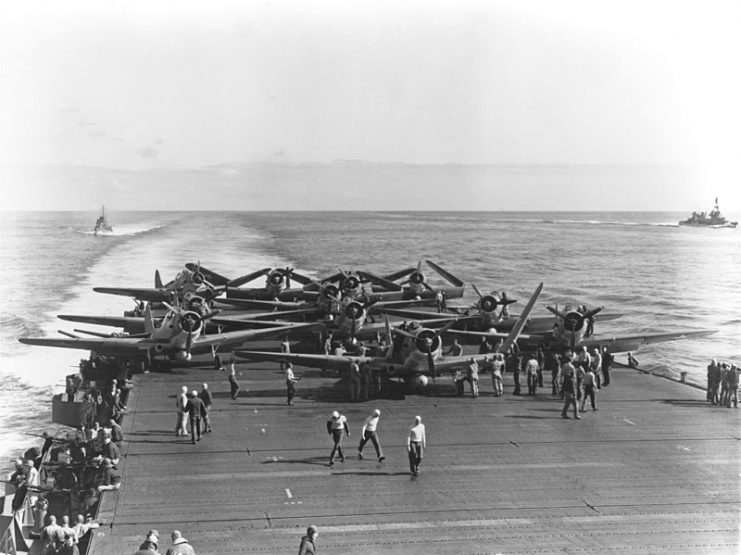
Air supremacy has forever since been key to winning any battle in a modern war. Carriers make it possible to bring air supremacy to the enemy’s territory from a safe location without the need for capturing airfields.
Carriers provided crucial air supremacy in the subsequent Korean and Vietnam wars, and while one may argue that the Americans lost the Vietnam war, it was not lost in the air. It was during that time, in 1955, that the U.S. Navy commissioned its first angled-deck carrier: the USS Forrestal, which became the world’s first super carrier.
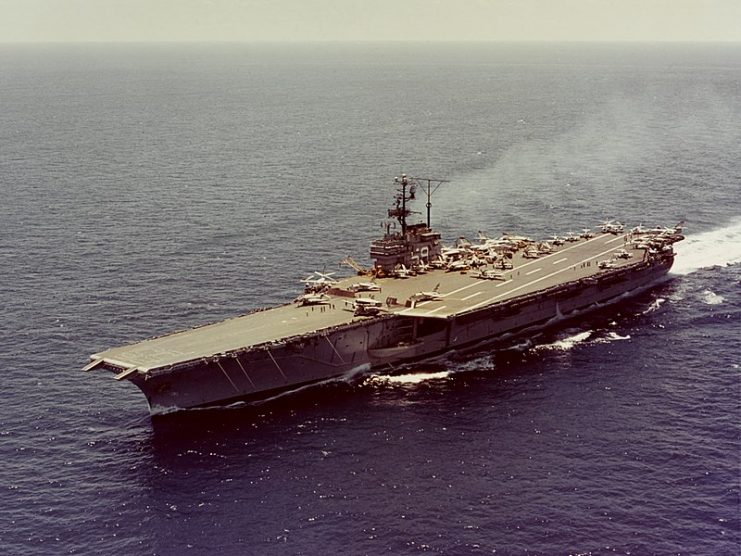
The angled deck allowed for better use of flight deck space, because aircraft could be both launched and recovered at the same time. This was a very important innovation which added a great deal of efficiency to the carrier fleet. The second most important innovation was the adoption of nuclear power, making possible bigger ships that could carry more combat aircraft and did not need to refuel in port or from support ships. Nuclear power enabled carrier fleets to effectively become floating cities used to project military power.
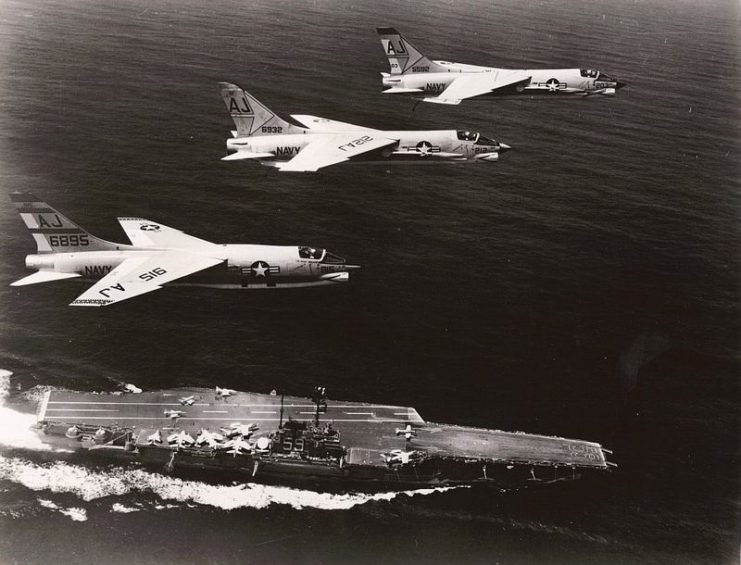
The carrier itself became a staple of the U.S. power projection machine during the Cold War. They provided instant battle readiness in the territories they patrolled, helping to contain what was perceived as a global menace. Even after the Cold War, when aircraft carriers found themselves patrolling the seas with no enemies, they became one of the often underestimated instruments through which politicians could exercise pressure on rogue nations like North Korea and Iraq and factions like ISIS.
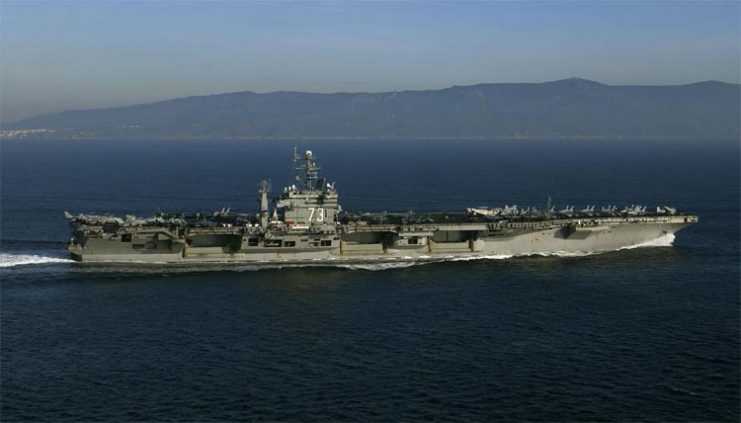
Nowadays, the issue of whether to maintain a big carrier fleet or not is a hot debate. Detractors state that wars are more political and economic now. A trade war like the one the United States and China are facing can go on for decades and decades and leave the loser greatly hampered economically, without the need to fire a single shot.
Also, carrier power projection is becoming increasingly obsolete, just like battleships became obsolete during WWII, due to developments such as Russian hypersonic missiles and the Chinese territorial defense grid. The former includes a plethora of long-range carrier-killing missiles with up to 2,500 miles in range, that can be fired from surface ships, submarines, aircraft, and from the shore itself in concealed installations.
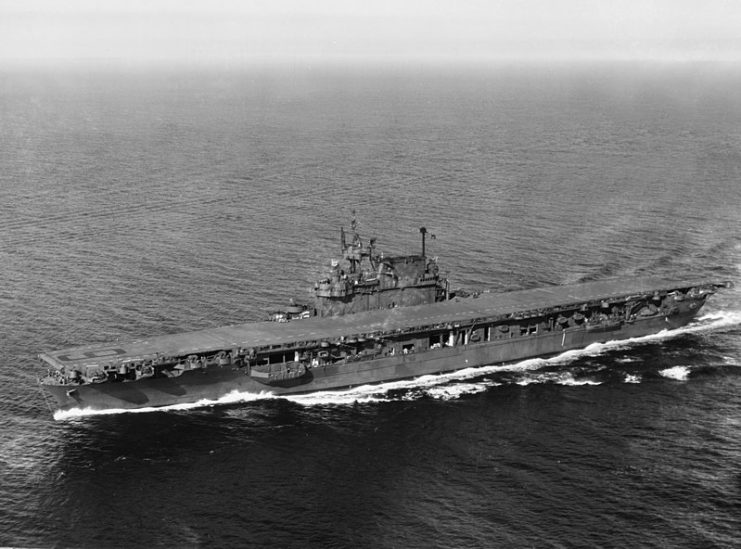
These carrier-killing cruise missiles have more than three times the range of the vast majority of carrier-based aircraft – about 600 nautical miles, and the capabilities of the carrier’s escort ships for intercepting such missiles is questionable. While hypersonic missiles can’t yet be effectively intercepted, conventional cruise missiles can, but a large enough barrage of them could eventually get through and sink a carrier.
While carriers are still a great way to physically project force against rogue developing nations, they are a hugely expensive one. As other countries progress technologically, they also gain better missile technology, and that will only increase the number of potential foes that can launch an effective cruise missile strike at the U.S. carrier fleet.
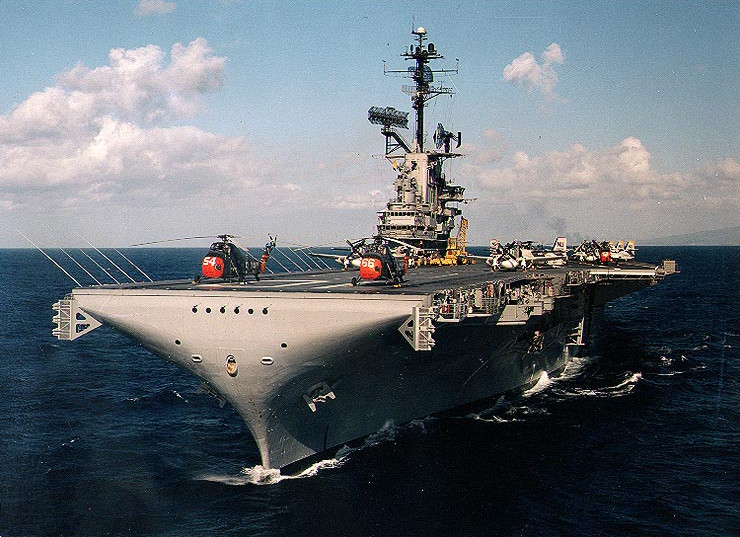
Would the U.S. be willing to put a carrier and its crew of about 6,000 souls in harm’s way to project power? Such a loss would probably be beyond political justification in the public’s eye.
Carrier doctrine defenders, however, present a different angle in the debate. They say that the while many countries can field a smaller fleet of specialized ships, and missiles have indeed increased in range and capabilities, only carriers can operate across the full spectrum of warfare. It is the human teams in carrier task forces which provide such great flexibility, and they can adapt to counter any strategy the enemy devises.
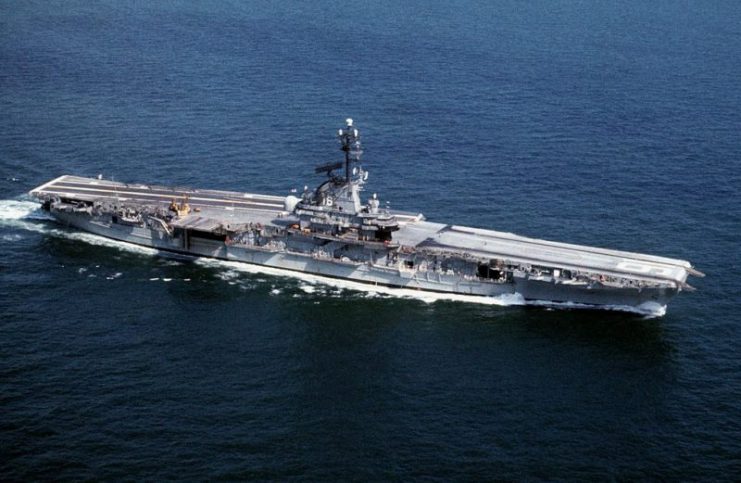
Tomahawk missiles and drones may be tools for striking with precision, but they can never render humanitarian aid to war-torn territories, be used as a base for search and capture/rescue missions, or provide large-scale internal security for allied countries like carriers do.
Also, the real power in a carrier fleet is within its aircraft, so while the carriers themselves may not be extensively modified for long periods and can become somewhat obsolete, the types of aircraft they base will surely change over the years, extending a carrier’s long term useability.
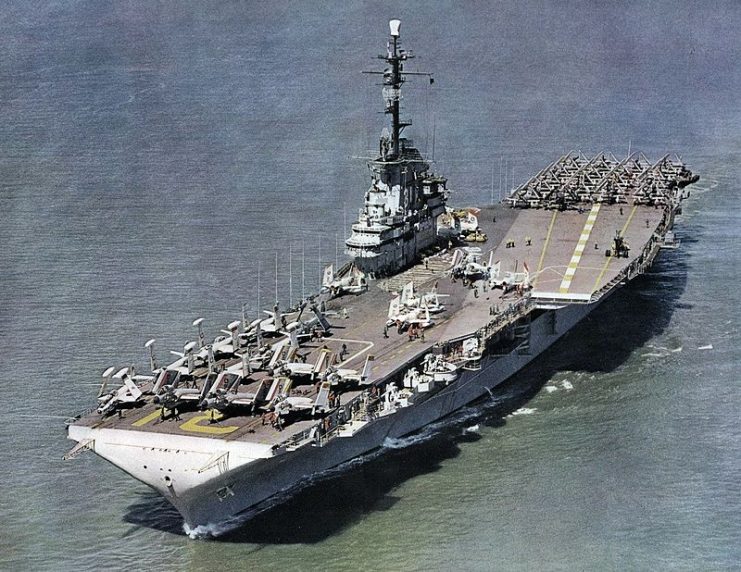
It has been suggested that carriers could be adapted to become a battleship hybrid. The two nuclear reactors on board each Gerald R. Ford-class carrier could provide plenty of “juice” to launch any directed-energy weapon of the future.
Affordability is the only argument against a large carrier fleet, one which its defenders say should be met with raising the U.S. defense budget to match the military’s anti-missile capability against the new threats. That way, the carriers will be insured, and since carriers are built to remain in service for 50 years or more, in the long run they more than make up for their initially high investment.
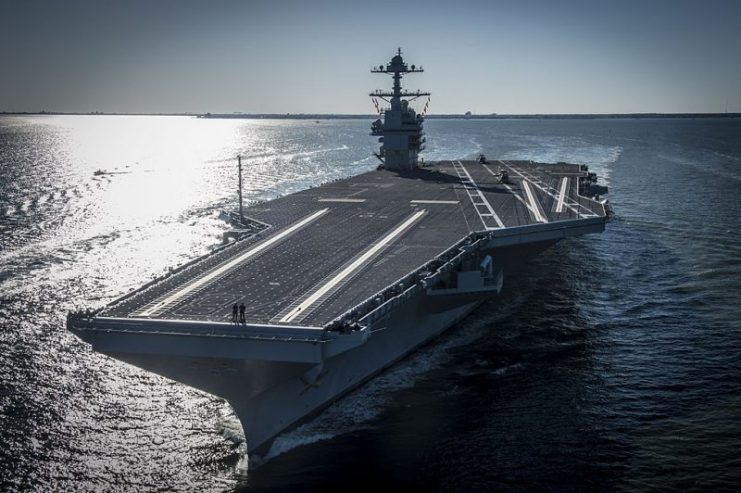
Currently, the U.S. Navy has 10 Nimitz-class carriers and 1 Ford-class carrier, which make up its main carrier fleet of 11 ships. It also has 8 Wasp-class carriers and 1 America-class carrier, which make up the support fleet and are used to deploy short take-off and vertical landing (STOVL) aircraft.
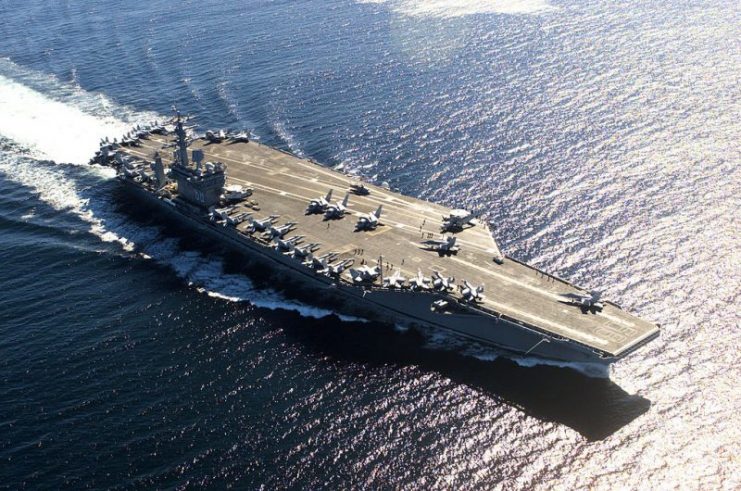
The Navy is also in the process of ordering, constructing and commissioning at least 5 more Ford-class carriers, which are meant to be the future of the U.S. carrier force. The construction process of CVN-78, the first of its class, has been streamlined and its building costs are projected to be 1 billion USD less per ship than it cost to build its predecessors.
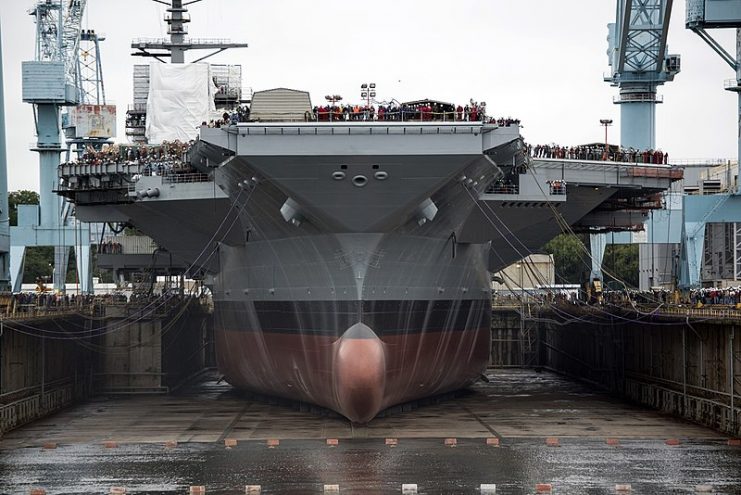
Whatever happens in the long run, with the commission of 5 new Ford-class carriers, it seems that the U.S. Navy is committed to maintaining its carrier doctrine in the near future. They are in a very practical way secure military bases anywhere they’re needed–a versatile, portable multi-mission air force close to the action, and a deterrent enemies can’t ignore. Unlike nuclear weapons, they are the first type of weapon to be called upon during conflicts.
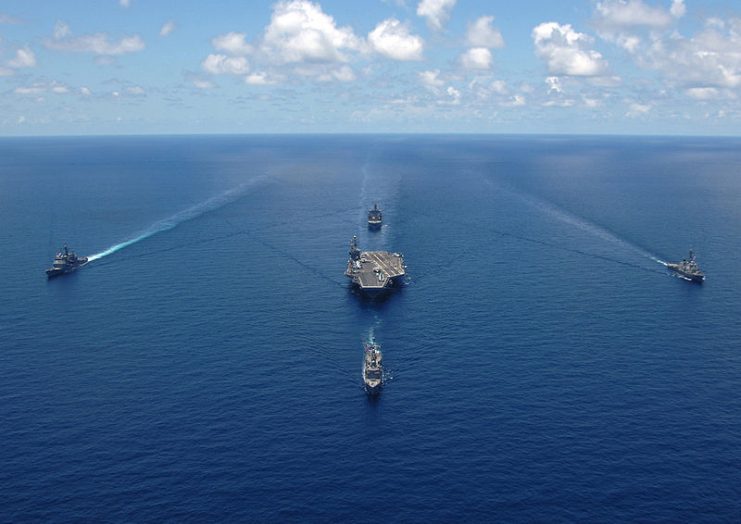
The United States is so far the only country in the world with a large carrier fleet, mainly because no other country could devote so many resources to maintaining such an instrument of power projection. China perhaps could, but it has a completely different view on territorial defense. Will the carrier remain a staple of the U.S. Navy for decades to come, or will it prove to be an Achilles heel in a future war, succumbing to a swarm of specialized, cheaper, carrier-sinking weapons? Time will tell.
